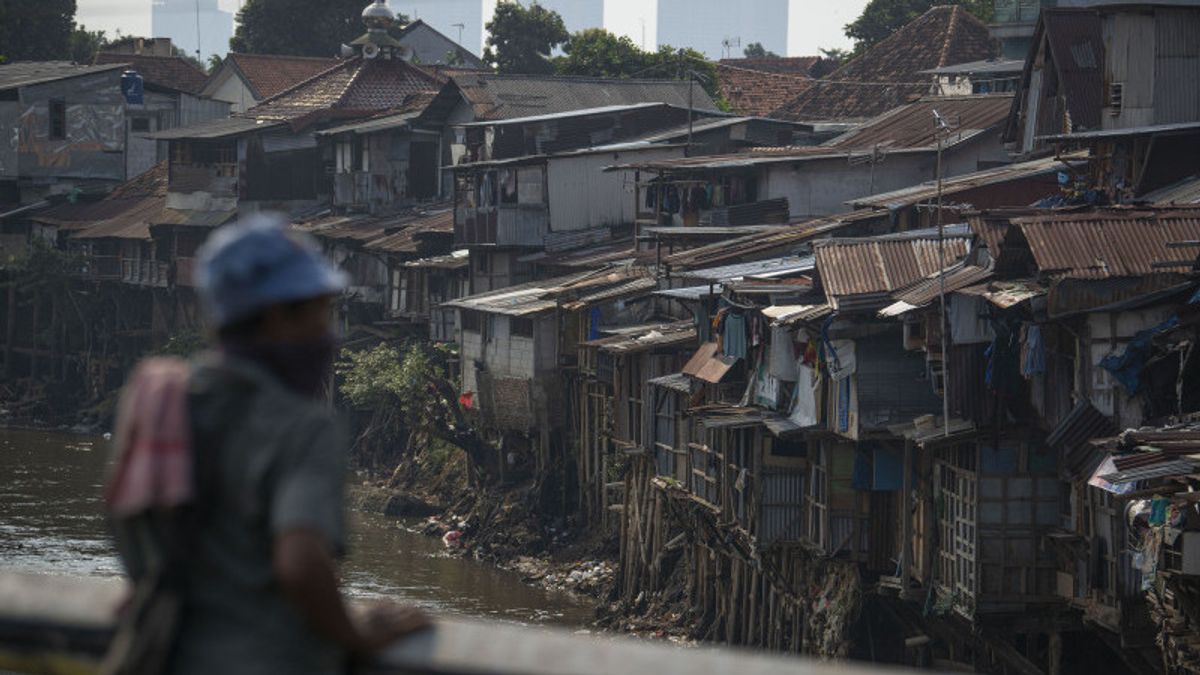JAKARTA - The National Population and Family Planning Agency (BKKBN) stated that Indonesia is facing the complexity of population problems due to the high population and increasing.
"A total of 60 percent of Indonesia's population is in Java and Sumatra. The huge population is a complex problem," said Deputy for Population Control of the BKKBN Boniviasius Prasetya Ichtiarto when confirmed, Thursday, September 22.
According to the results of the Population Census in 2020, the population in Indonesia has touched 270.20 million people. This number is predicted to increase, thus affecting various aspects of people's lives such as economics and social.
Some of these include increasing the number of teenagers.
He said the BKKBN had projections that Indonesia would have a population of more than 47 million teenagers by 2025.
On the other hand, the quality of life for the elderly in Indonesia is getting better. It is recorded that the growth of the elderly also continues to increase. Boni said that in 2021 alone, Indonesia already has 29.3 million elderly people or 10.82 percent of the total population.
Not to mention the problem of the productive age population, and the presentation of residents living in urban areas. That will increase, especially because population transfer from villages to provinces is the target of urbanization," he said, quoted by Antara.
However, he said, population growth does not always have a bad impact. Indonesia is projected to have the opportunity to achieve a demographic bonus until 2030 which can be a potential development if managed properly.
However, due to this complexity, the government from the central and regional levels is also required to strengthen the synergy of planning for population development. Unfortunately, to this day there are 17 provinces that have not prepared a Grand Design for Population Development (GDPK) of five pillars of development.
The 17 provinces consist of West Sumatra, South Sumatra, Jambi, Bangka Belitung Islands, Riau Islands, DKI Jakarta, Central Java, East Nusa Tenggara, West Kalimantan, Central Kalimantan, East Kalimantan, North Sulawesi, Gorontalo, West Sulawesi, North Maluku, West Papua, and Papua.
VOIR éGALEMENT:
Meanwhile, the five pillars that are meant are controlling population quantity, improving population quality, family development, structuring distribution and directing mobility, and structuring population administration.
He said the GDPK was needed to form a basis for handling planned, systematic and sustainable population issues. This is because the preparation of GDPK is mostly related to the quantity aspect.
GDPK is also a tool in monitoring and evaluating the implementation of population development, so as not to deviate from the development planning lines that have been set.
Thus, he requested that the 17 provinces understand the urgency of the GDPK preparation and immediately collect it.
"I ask that the 17 provinces can immediately draw up five pillars of the GDPK by understanding that the importance of these documents is in supporting regional development through integration into regional development planning documents," said Boniviasius Prasetya Ichtiarto.
The English, Chinese, Japanese, Arabic, and French versions are automatically generated by the AI. So there may still be inaccuracies in translating, please always see Indonesian as our main language. (system supported by DigitalSiber.id)


















